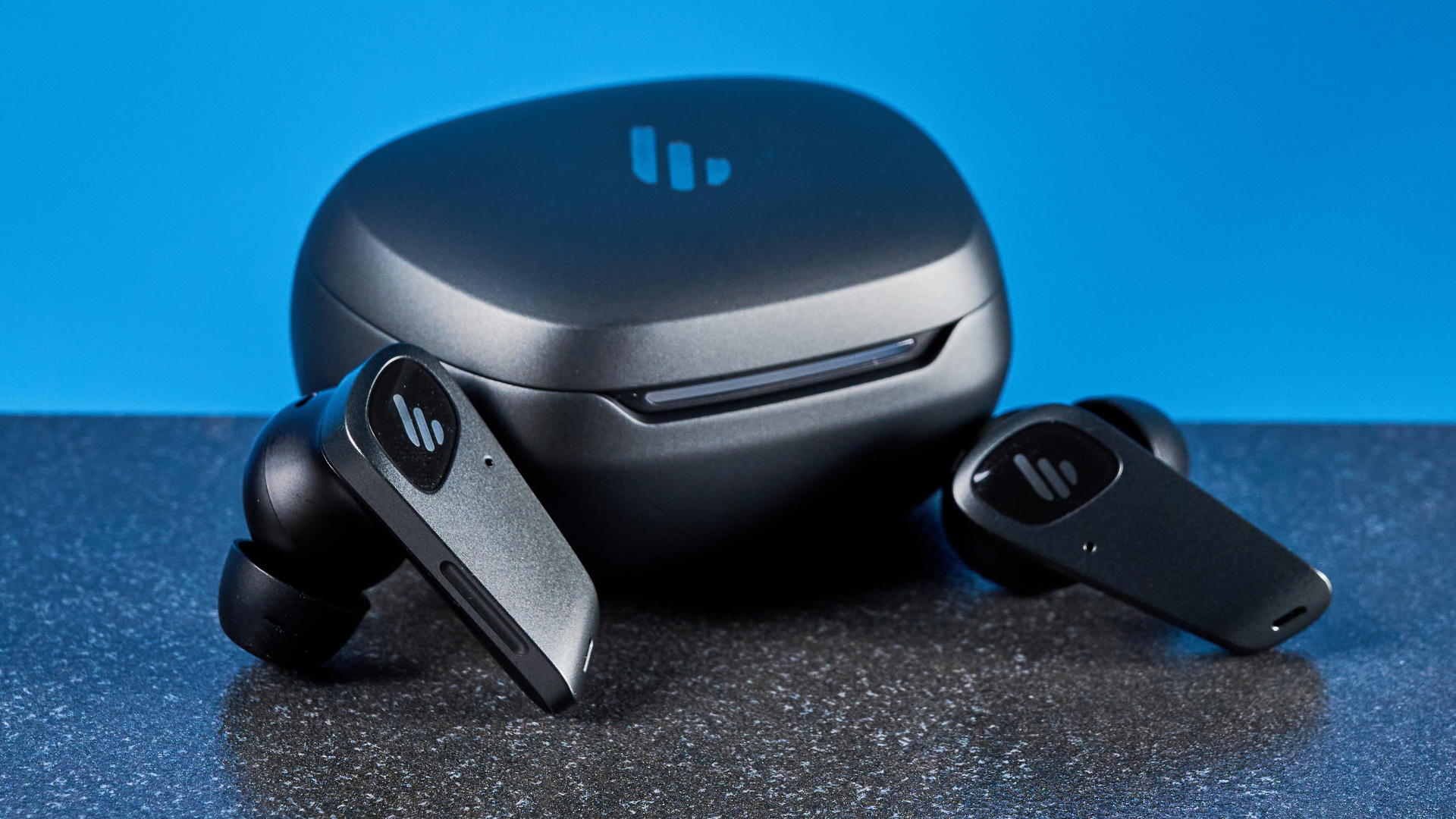5 easy ways to get rid of crabgrass on your lawn
Here’s how to get rid of crabgrass quickly and effectively
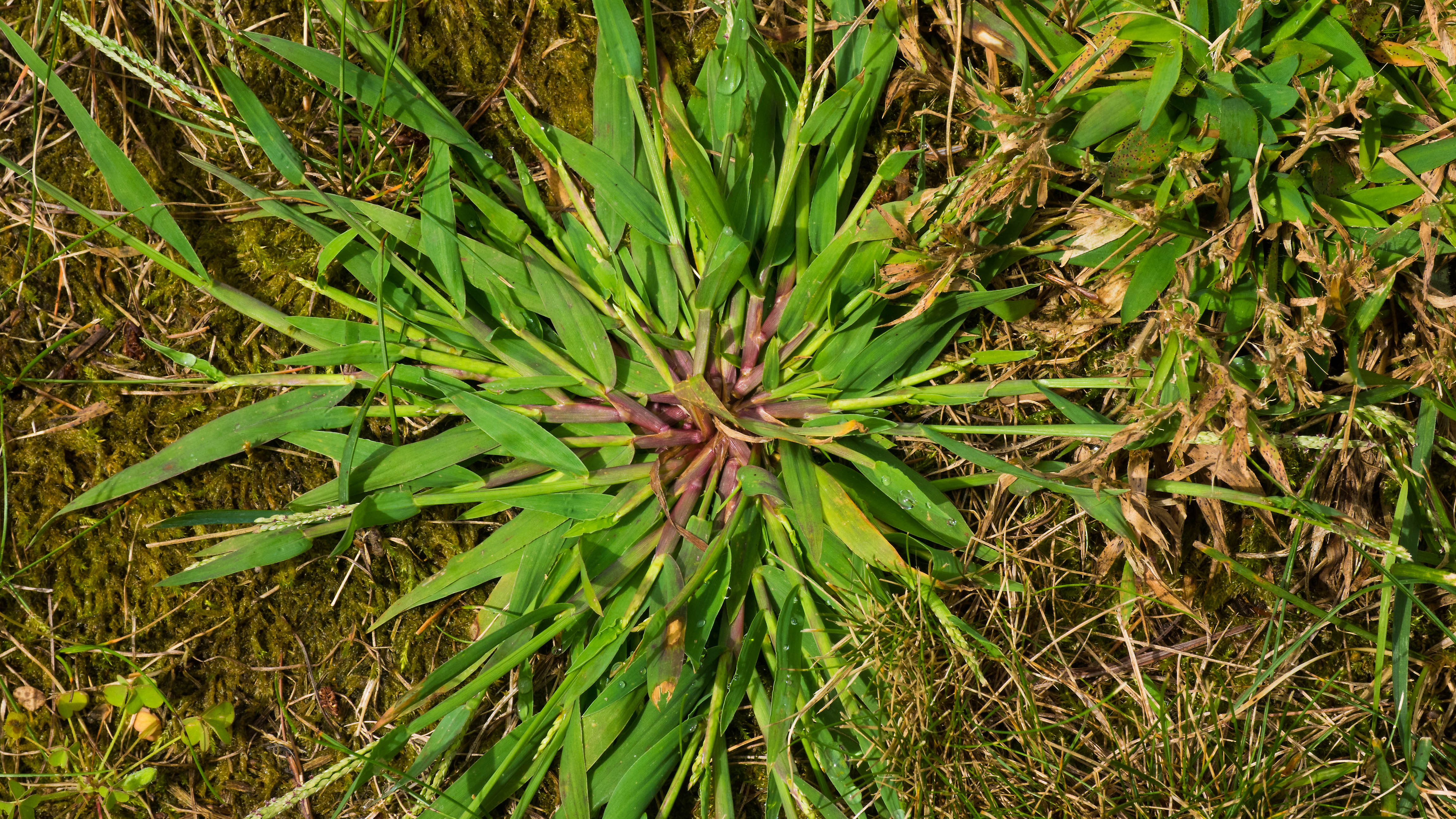
If your lush lawn has unsightly blotches here and there, you might have crabgrass in your yard. Despite the name, crabgrass is actually a type of weed and is similar to dandelions.
Trouble is, this annual weed thrives in dry weather, quickly growing on the lawn, or in between patio slabs. As a result, this can make it extremely difficult to remove, and can ruin your yard.
Luckily, there are some quick and easy ways to remove crabgrass and keep it at bay. From non-chemical and chemical treatments, to simply lawn maintenance, these can all help to keep your lawn weed-free all year round.
If your lawn has seen better days, be sure to also check out how to revive dead grass, 7 signs that you are cutting your grass too short and the best time to water your lawn.
Why it's important to get rid of crabgrass
Crabgrass is bad for your lawn, so it’s important that you get rid of it as soon as you can. Crabgrass will hog the precious nutrients your lawn should receive while it’s in place. Leave it long enough, and it will spread its seed throughout your garden as well — causing the same problem next year. So, if you don’t get on top of managing your crabgrass, you could face an escalating problem.
1. Manually pull the weeds
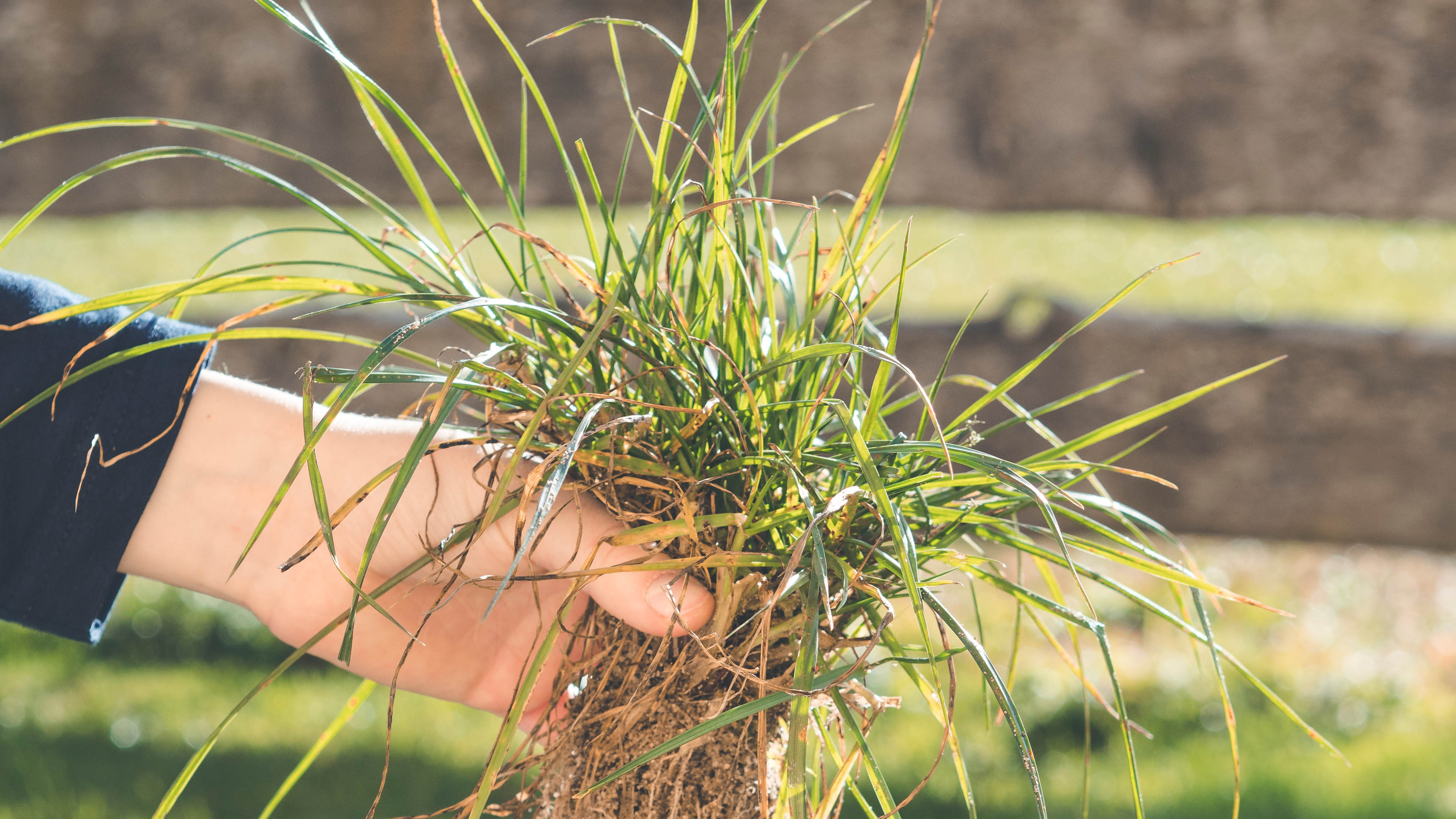
• Weeding tool
• Gardening gloves
• Post-emergent herbicide
• Pre-emergent herbicide
If you’re just dealing with a few sporadic clumps of crabgrass, you can remove these by hand using a dedicated tool, such as Grampa's Weeder ($39.99, Amazon). This will remove each weed with a single motion. While this method works fine for small, immature sections of crabgrass, which you should pull up as soon as you spot, you should take care if your crabgrass is well-established.
If you attempt to remove a large clump of crabgrass with a manual tool, you could pull up a chunk of your lawn with it as well, thanks to the deep root system. On top of that, if your crabgrass has visible seeds it’s about to disperse, you could be doing more harm than good as the seeds will likely fall and germinate in the hole you’ve just made.
Sign up to get the BEST of Tom's Guide direct to your inbox.
Get instant access to breaking news, the hottest reviews, great deals and helpful tips.
If your crabgrass is likely to do some damage on removal, use a chemical treatment instead as mentioned in step two. If the seeds are already exposed, then there’s not much point in removing the weed as you will only make the problem worse. In this instance, you’re better off letting it die naturally in the fall and then treating the ground in the spring, as described in step three.
Make sure you seal away any weeds you do pull up in a trash bag — the seeds can still spread and grow even from here.
2. Chemical treatment
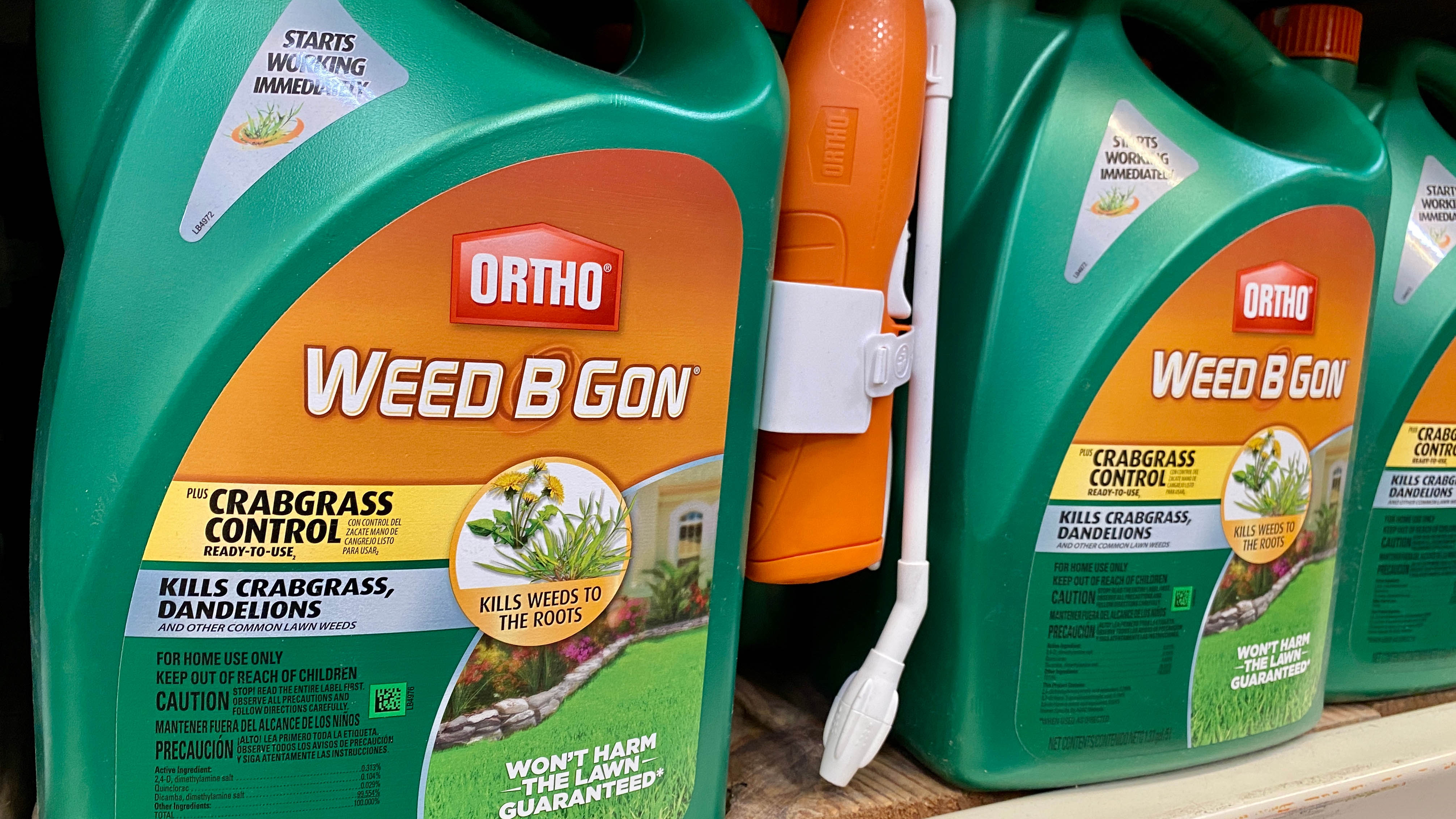
This is another popular method for dealing with crabgrass as well as other weeds, and it’s ideal for widespread growth. Post-emergent herbicides are typically applied by spray directly to the crabgrass itself rather than across the lawn as a whole.
There’s a huge range of treatments available in most home department stores, but when you’re picking one out, make sure it will be safe to use on your grass. You can do this by checking the label and ingredients list. We recommend Scotts TouchUp Weed Control for your Lawn ($20.63, Amazon).
This method is ideal if you don’t want to damage your lawn as you uproot crabgrass. However, don’t bother applying it if the weed has already seeded. By the time the herbicide takes effect, the seeds will have already been scattered and the treatment will be wasted.
3. Apply a pre-emergent herbicide
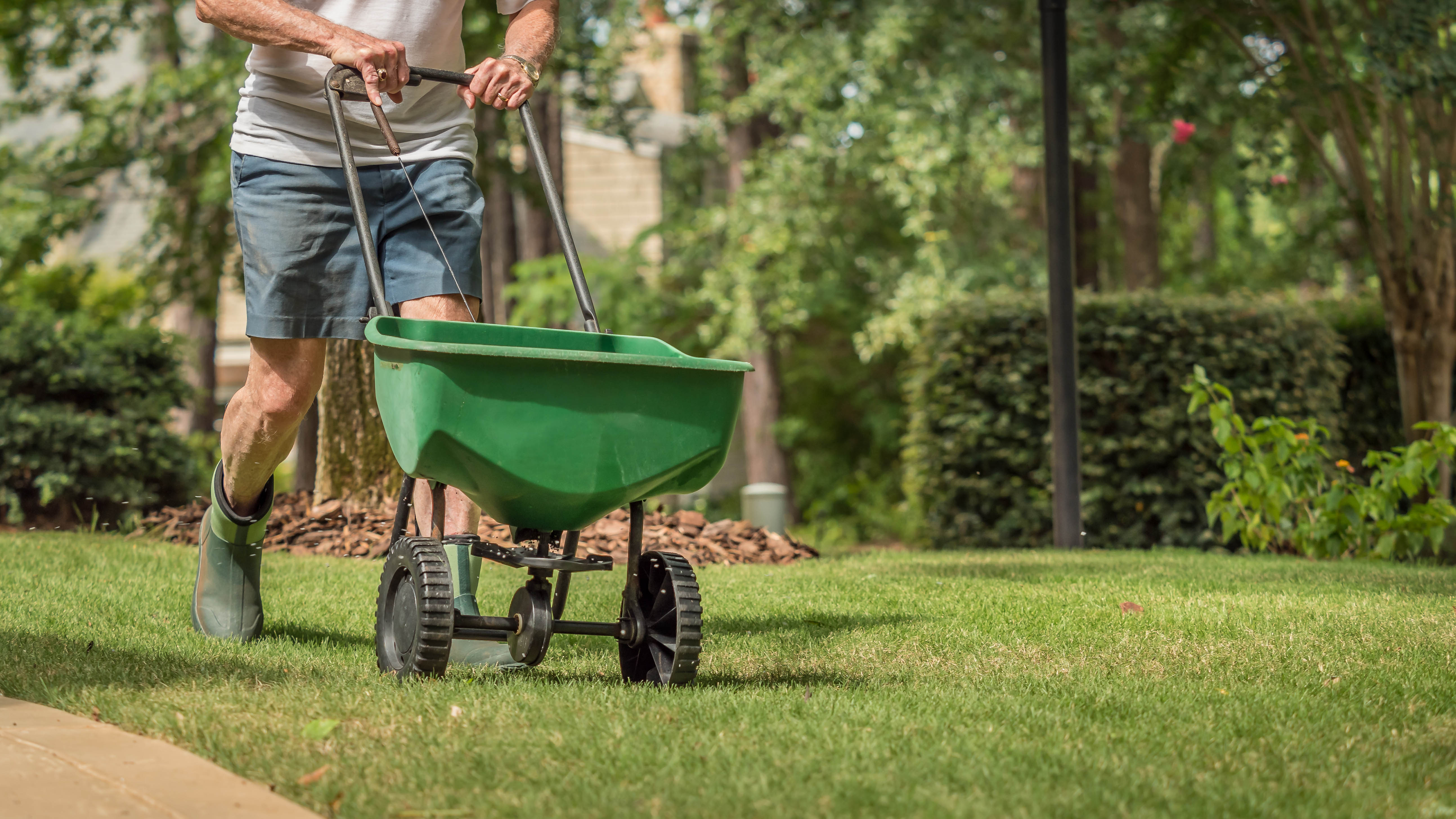
If you want to prevent such an extensive problem next year, you could apply a pre-emergent herbicide in the spring using a spreader. Also known as crabgrass preventer, this will stop any seeds from germinating when the time comes, ultimately preventing the growth of crabgrass. Bear in mind, you shouldn’t bother trying to grow grass seeds if you’re using a pre-emergent herbicide — most types will prevent these seeds from germinating too. Stick to the summer or fall for overseeding in this case.
There’s a range of pre-emergent herbicides available from most home department stores, such as The Andersons Barricade Professional-Grade Granular Pre-Emergent Weed Control ($76.88, Amazon). Be aware though, the key to its success is applying it at the right time and being persistent if reapplication is necessary.
You should apply a pre-emergence herbicide in the springtime when the soil is above 50 degrees Fahrenheit and the flowers are in full bloom. For guidance, you could apply it when it’s time for your lawn to be mowed for the second time in the spring. Bear in mind that severe crabgrass growth may require more than one application. Check the herbicide’s label to confirm its lifespan if you think this may be the case. Remember, you don’t need to apply it across the entire lawn — just in crabgrass hotspots.
If you want to use a natural alternative, corn meal gluten is another option. This will slow the growth of crabgrass as well as other weeds. However, it’s not as powerful versus a chemical application and it can be an expensive method. It's one of the 7 ways to kill weeds naturally.
You can top up your application by buying fertilizer which contains pre-emergent herbicide as well. That way you can continue applying it while promoting your lawn’s health and growth. These aren’t as widely available, but they can still be found — such as The Andersons Dimension Pre-Emergent Weed Control with Fertilizer ($74.88, Amazon).
4. Maintain lawn health
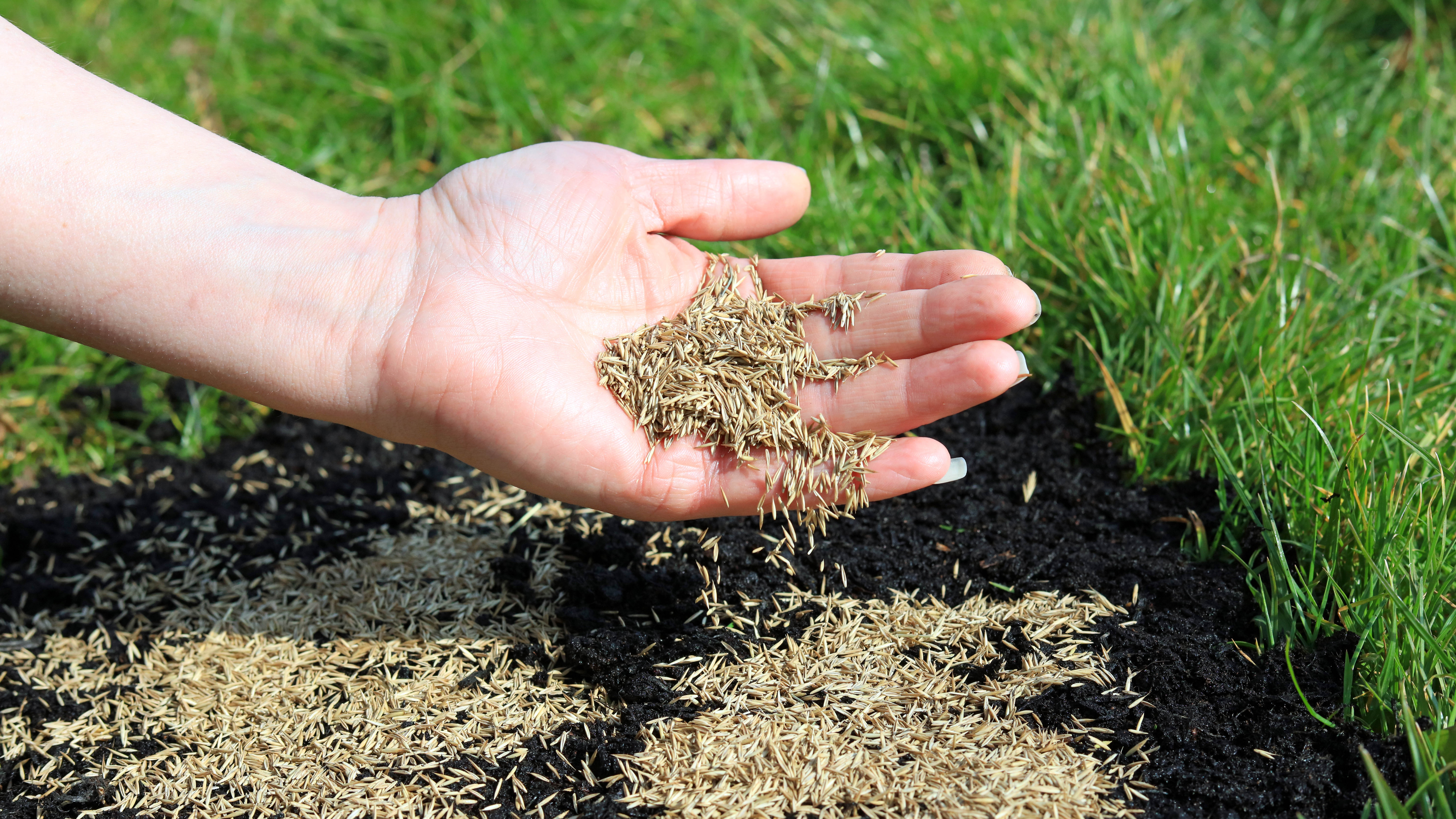
Finally, if you want to keep crabgrass at bay, it’s imperative that you keep your lawn as healthy as possible. First, make sure your grass is watered and fertilized regularly, so it has access to sufficient nutrients. This promotes a thick and strong turf, which is less likely to let crabgrass invade. It’s a good idea to aerate your lawn as well for the same reason.
Make sure you’re mowing at the optimum height too. Use the taller setting on your lawn mower and aim to leave your grass at three inches in height. This way, the grass blades create more shade over the soil which deters the growth of crabgrass seeds. Any clippings can be left behind as a natural fertilizer as well as added shade.
Remember to cover up any bare spots on your lawn with fresh grass seeds, otherwise you’re just leaving space for more crabgrass to claim.
You can also read our guide on how to get rid of lawn grubs for a pest-free backyard.
5. Keep your grass longer
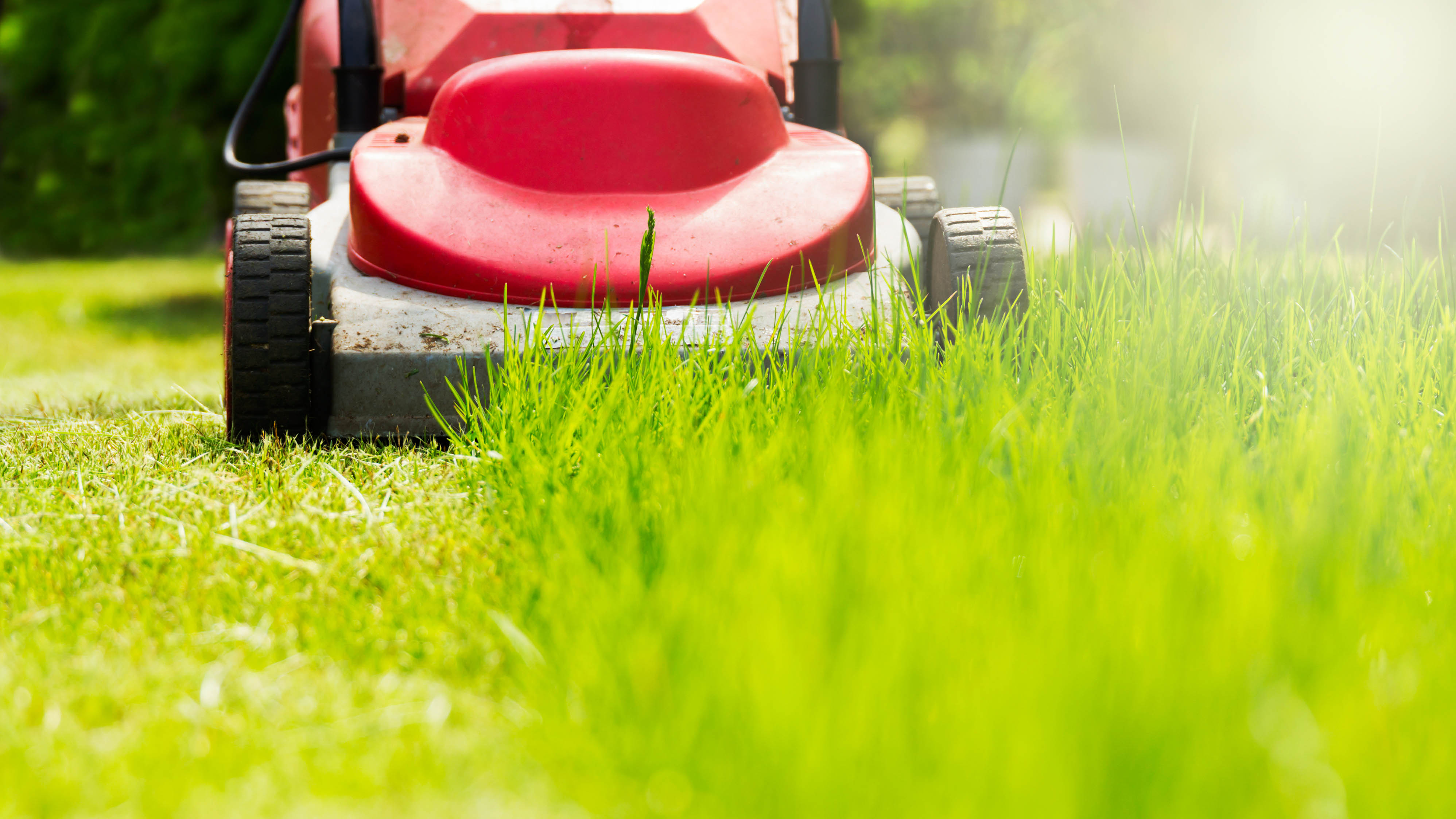
As well as keeping your lawn healthy, keep your grass slightly longer (than your usual). This might seem odd, especially if you prefer a neat, lush lawn, but you can prevent crabgrass by allowing your grass to grow a little longer.
Experts recommend to keep your grass length around 2 to 3 inches to keep soil cool. This is because crabgrass thrive in warmer temperatures and heat, and so the cooler temperatures will reduce the risk of seed germination, and crabgrass growth.

Katie Mortram used to be a Homes Editor for Tom's Guide, where she oversaw everything from kitchen appliances to gardening tools, as well as smart home tech. Specializing in providing expert advice for cleaning and home manintenance, she now works as Household Advice Editor for Good Housekeeping.
